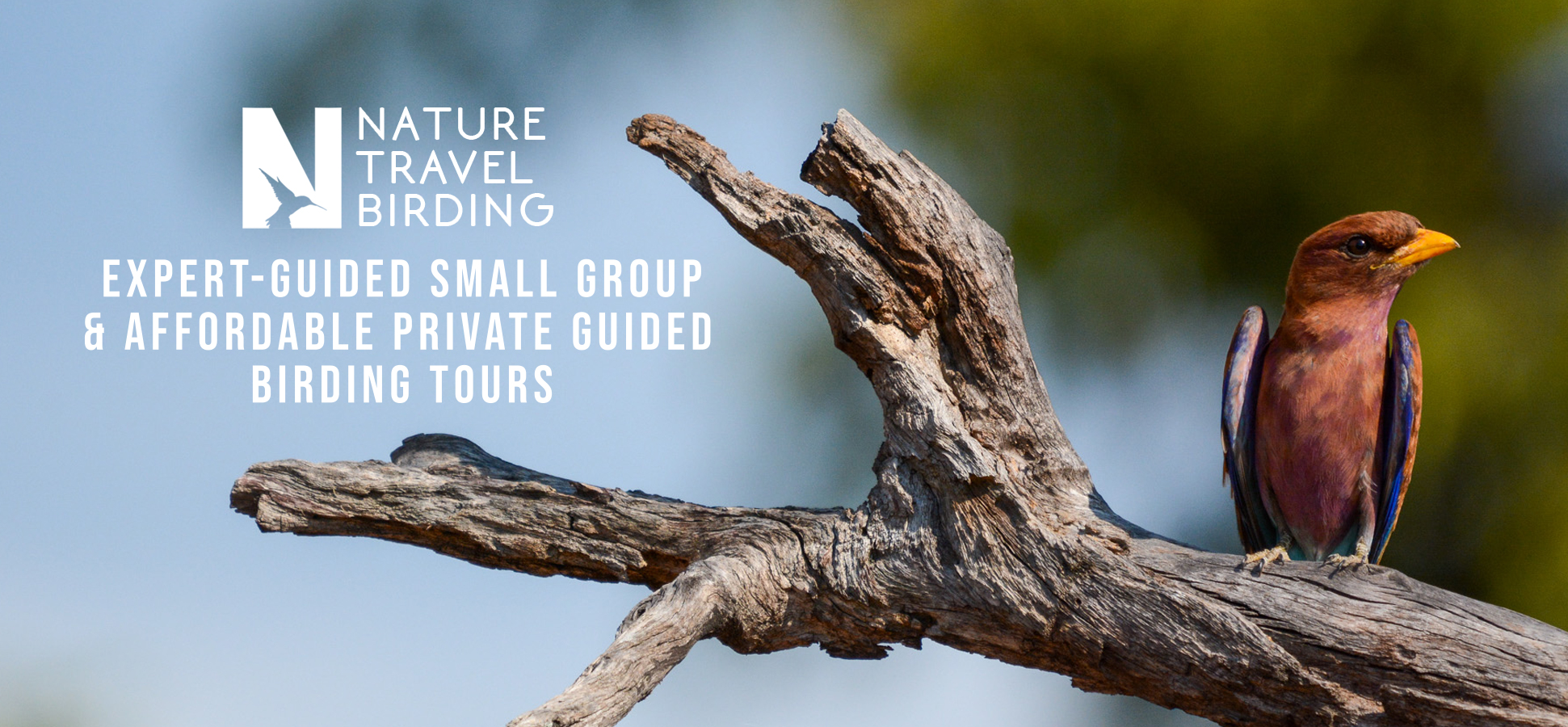
We currently have clients on a birding trip to Costa Rica in Central America, and news from our guide is that the clients LOVE the woodpecker family, and are trying to see as many of these very cool birds all over the world as they can. So with that in mind this week’s Bird of the Week is the Black-cheeked Woodpecker (Melanerpes pucherani).
This beautiful woodpecker (named after the French zoologist Jacques Pucheran) occurs from southern Mexico down to western Colombia and western Ecuador and to the extreme northwest of Peru. Like most of its family, the Black-cheeked Woodpecker is very distinctive, with a big black face mask, a white patch behind the eye, black upperparts with narrow white bars, and big white rump patch. The male also has a full red crown, whereas the female has a grayish forecrown and red hindcrown.
It prefers humid and wet evergreen forest, forest borders, scattered tall trees in clearings, and old secondary growth and abandoned plantations. It may sometimes even enter gardens.
The Black-cheeked Woodpecker feeds mainly on insects (including spiders, termites, beetles and ants), but will also take substantial quantities of fruit, berries and seeds and also drinks nectar. A varied diet indeed!
It nests in an unlined hole, usually 4 to 30 m (16 to 98 ft) high in a dead tree. The clutch is two to four glossy white eggs, incubated by both sexes, for about 2 weeks. Fledglings may return to the same nest to roost, even while the adults start a second brood.
To see the Black-cheeked Woodpecker and many other amazing neotropical birds, join us on a birding trip to central or south America. For more information, enquire directly at info@naturetravelbirding.com or visit www.naturetravelbirding.com
